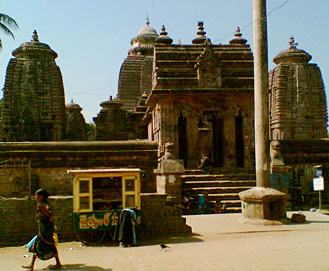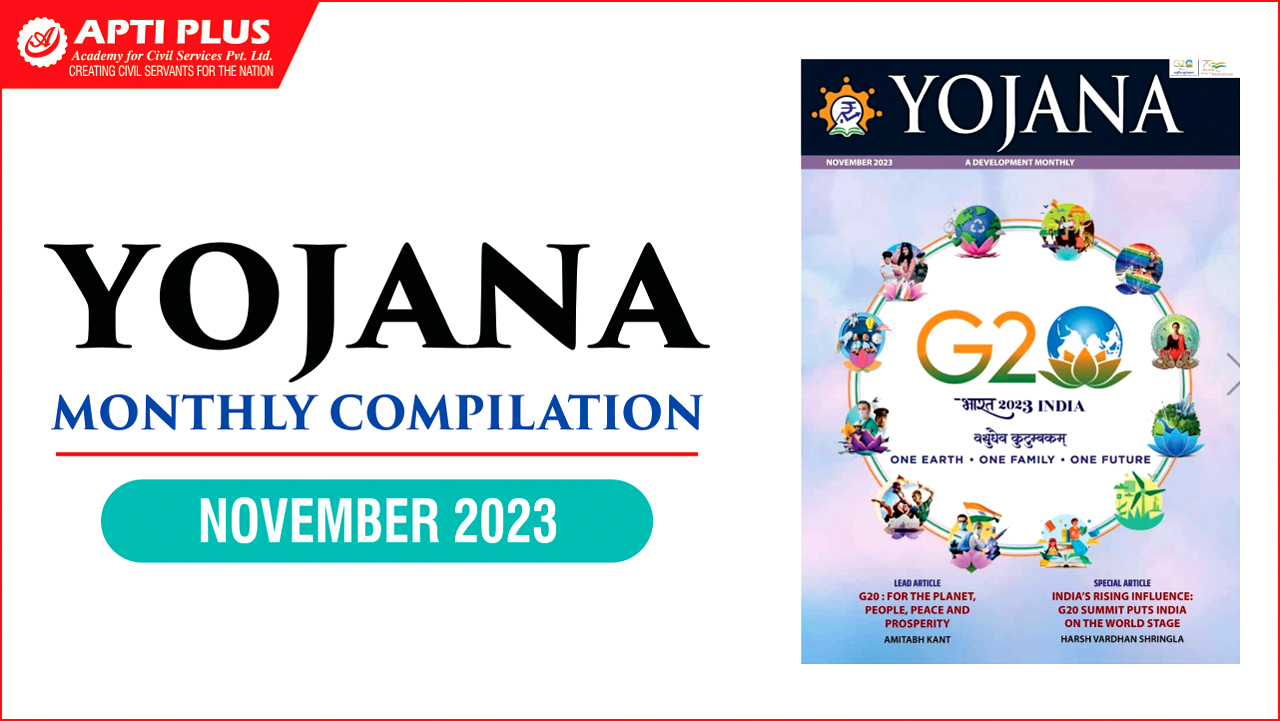Description

Disclaimer: Copyright infringement not intended.
Context
- Srimukhalingam temple’s chief priest urged Archaeological Survey of India for the inclusion of the temple in the world heritage structures’ list of UNESCO to get special recognition and funds for the temple located at Jaluru mandal of Srikakulam district, Andhra Pradesh.
Details
- The village of Mukhalingam, also referred to as Srimukhalingam or Mukhalinga, is a significant historical site in the Srikakulam district of Andhra Pradesh, India.
- It was known as Kalinganagari and served as the capital of the Eastern Ganga Dynasty from the 6th to the 12th century AD.
Historical Significance
- Eastern Ganga Dynasty Capital: Mukhalingam was the capital of the Eastern Ganga Dynasty, renowned for its historical prominence and governance under various kings, including Emperor Sri Ananthavarma Chodaganga Devara.
- Shifting Capitals: Emperor Sri Ananthavarma Chodaganga Devara shifted the capital from Kalinganagari to Caudwara Kataka in 1122 AD after conquering Utkala.

Temples and Architecture
- Three Śiva Temples: Mukhalingam is famous for a group of three Śiva temples—Madhukeswara, Someswara, and Bhimeswara—that have been dated by historians from the late 8th century to the early 11th century CE.
- Architectural Marvel: These temples showcase intricate architectural styles, reflecting influences from different periods and dynasties, exhibiting historical and artistic richness.
Etymology and Geography
- Name Origin: The name "Mukhalingam" has different proposed origins, such as being a corruption of "Mohalingam," "Madhukalinga," or derived from "Mudu-Kalingam," possibly denoting "Tri-Kalinga," related to the division of the Kalinga region.
- Geographical Location: Mukhalingam is situated on the left bank of the Vamsadhara river, about 48 km from Srikakulam town and 160 km from Visakhapatnam, accessible via Andhra Pradesh State Highway 106.
Cultural Significance
- Temple Dating Controversy: Historians contest the dating of the temples, placing their construction from the late 8th to early 11th century CE. Renovation work was carried out in the 17th century by the Maharaja of Paralakhemundi Estate.
- Religious Observances: The Chakratirtha Snana, a holy bath, draws lakhs of pilgrims annually from Odisha and Andhra Pradesh to seek blessings from Lord Shiva.

Conclusion
Mukhalingam stands as a testament to ancient heritage, encompassing historical, cultural, and religious aspects that continue to attract visitors and devotees, preserving its rich legacy through the ages.
MUST READ ARTICLES:
https://www.iasgyan.in/daily-current-affairs/world-heritage-sites-47
|
PRACTICE QUESTION
Q. Mukhalingam, historically known as Kalinganagari, served as the capital of which dynasty?
a) Chola
b) Eastern Ganga
c) Chalukya
d) Pallava
Answer: b)
|















